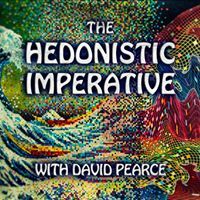Watson, IBM’s cognitive computing system, exhibited phenomenal capabilities while competing on the television quiz show Jeopardy! in February 2011. The grand debut and triumph at Jeopardy! drew the world’s attention to Watson, which achieved a milestone in artificial intelligence (AI) while denoting a new era in computing – a cognitive era. Six years later, Watson today seems to be everywhere, revolutionizing diverse industries while building IBM’s cognitive future.
Cognitive Computing Explained
The future of technology is radically different from the systems that have dominated the global IT industry for decades. New generation technologies are broadly grouped together using the terms AI and cognitive technologies. At IBM, these advanced techs are referred to as cognitive and defined as “systems that learn at scale, reason with purpose and interact with humans naturally.”








